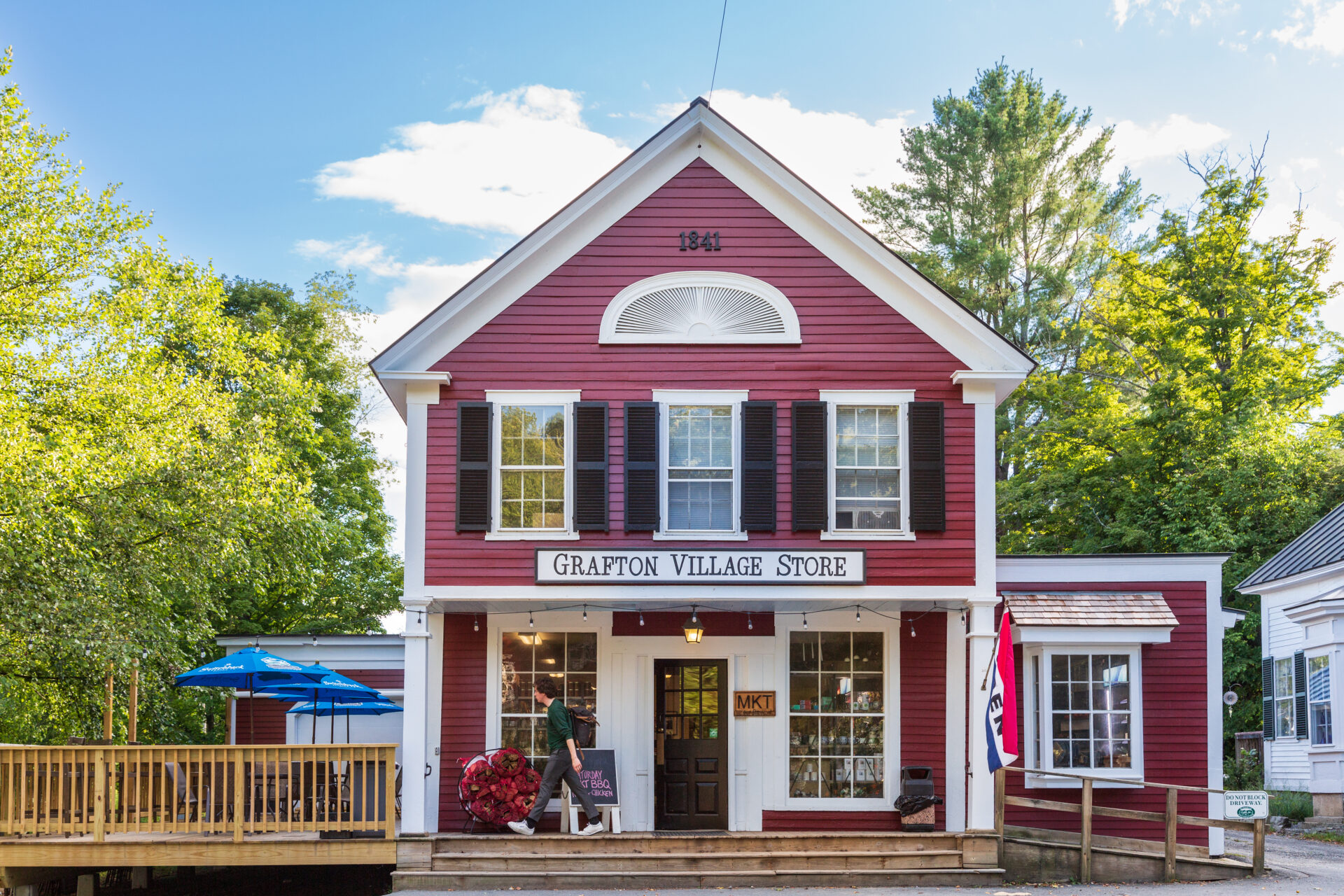History of the Windham Foundation
The Windham Foundation was established in 1963 by Dean Mathey, a successful New York financier who spent summer vacations with his cousin, Matt Hall, in Grafton, Vermont. In 1963, across a country kitchen table in his beloved, adopted town of Grafton, Dean Mathey decided to create the Windham Foundation.
Dean Mathey was a student of New England architecture. His bequest was made because of his belief that the preservation, restoration and revitalization of historic buildings were essential to assure the economic and social well-being of the town. He never envisioned Grafton as a museum to the past. His intent was to create vibrant social enterprises with historical resonance that benefited the local community and provided good jobs.

The Foundation was set up as an “operating” foundation with the purpose of operating two traditional Vermont enterprises: The Grafton Inn which has been in near continuous operation since 1801, a record for any inn in the United States, and the Grafton Village Cheese Company, which the Foundation re-opened in 1967 with the goal of returning cheese-making to Grafton and helping keep dairy farms in operation.
The first president of the Windham Foundation was Mat Hall, Mr. Mathey’s cousin. He, along with his wife, Lib, oversaw many of the early efforts of the Windham Foundation, especially its restoration of the Grafton Inn in 1966. This work restored the Inn to a state much as it had been in the nineteenth century when Rudyard Kipling, Nathaniel Hawthorne and Henry David Thoreau gathered on its spacious front porch. Hospitality is deeply rooted in the culture of the town and tourism is now a major economic driver both for Grafton and the state of Vermont.
When the Foundation reopened the Grafton Village Cheese Company it became a leader in producing aged cheddars. Through the years Grafton cheddars have received numerous awards, further enhancing Vermont’s reputation for artisanal cheesemaking. In addition to production in Grafton, the Foundation operates a cheese store in Brattleboro, VT. Grafton Village cheeses are sold around the country and featured in many restaurants.
The Foundation protects nearly 1200 acres of forest and open land. It also operates the Grafton Trails and Recreation Center which offers cross country skiing, hiking, snowshoeing, and biking on much of this land.
A more recent project entails preservation of Birchdale Camp, a vital piece of African American history in Vermont. Alec Turner, an escaped slave who fought with the Union army, settled in Grafton in 1870. Daisy Turner, one of his 13 children, remained in Grafton until her death in 1988 at age 103. She was a famous storyteller recounting in dramatic detail the history of her family. Her recordings are an important part of the archive at the Vermont Folklife Center.
The Birchdale Camp is now a stop on the State of Vermont’s new African American Heritage Trail. The Foundation owns the camp and is working with the Preservation Trust of Vermont to preserve the structure and provide educational exhibits about the Turner family.

